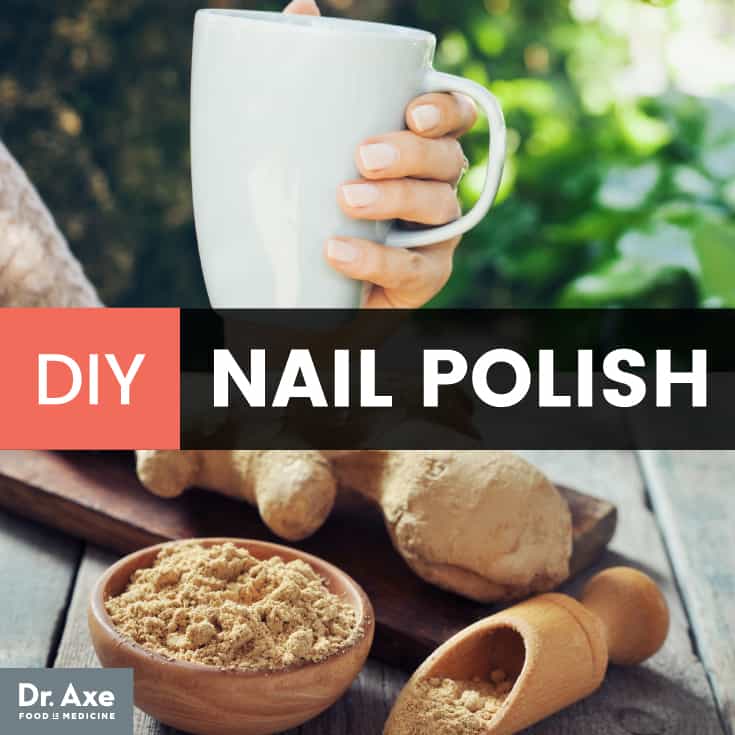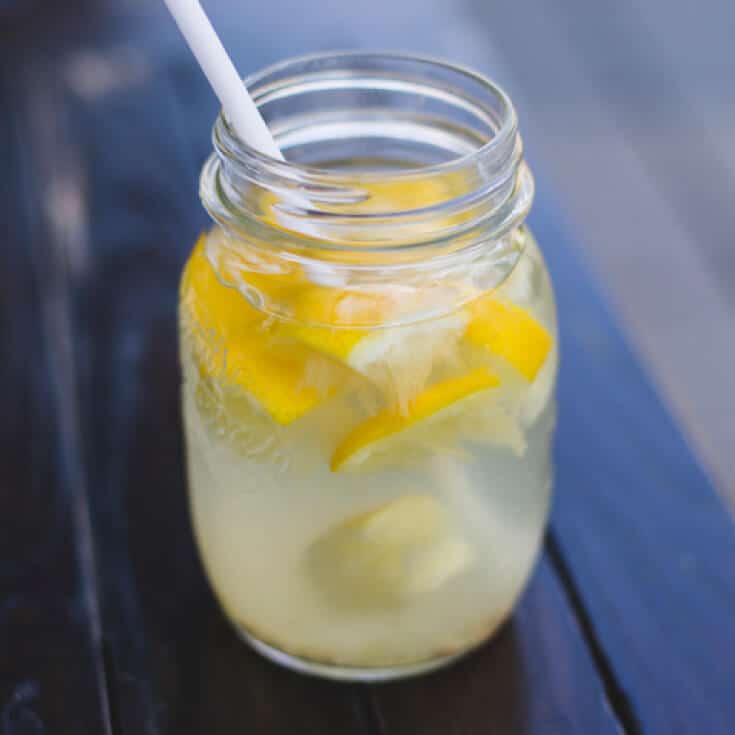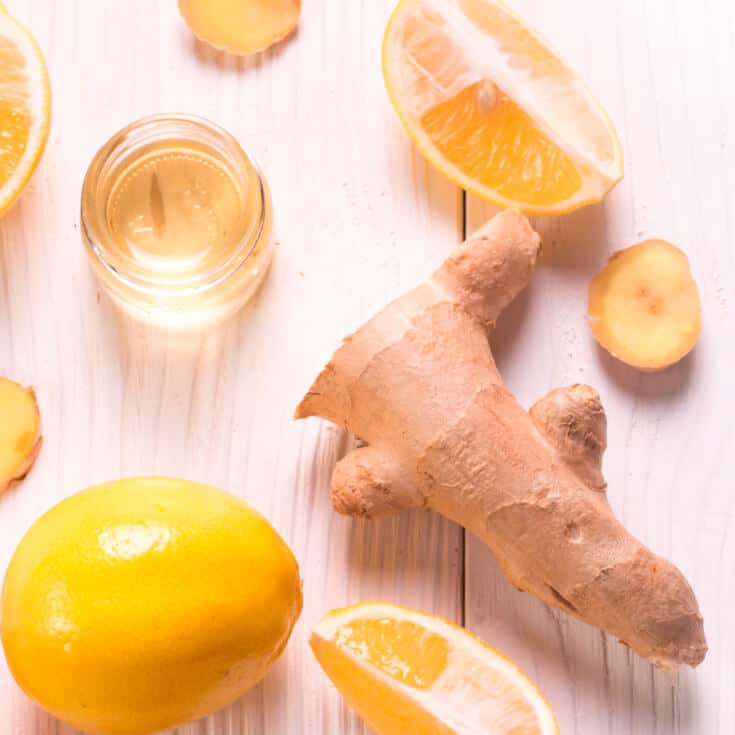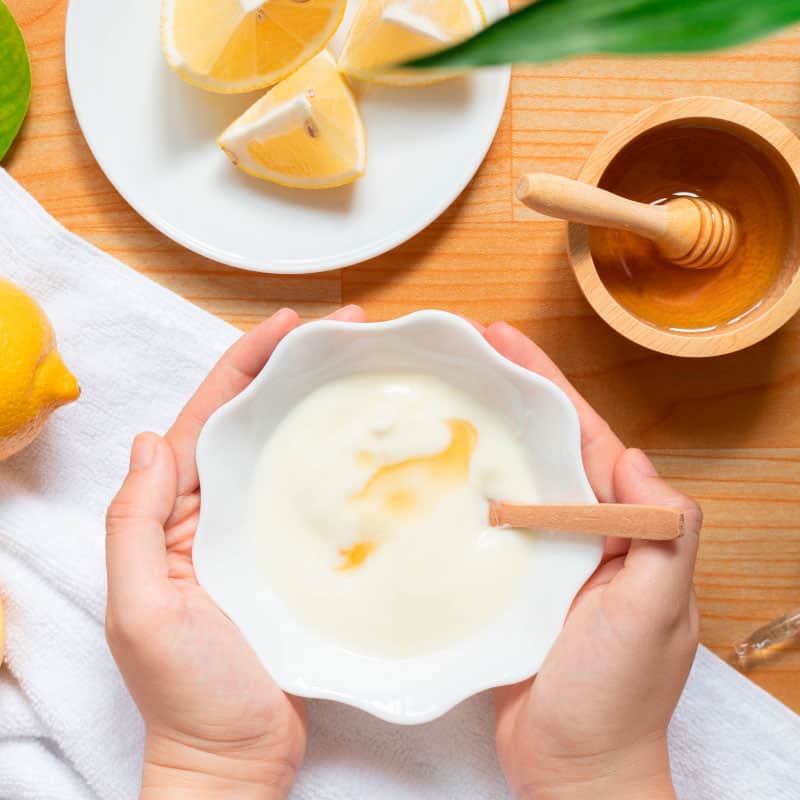This Dr. Axe content is medically reviewed or fact checked to ensure factually accurate information.
With strict editorial sourcing guidelines, we only link to academic research institutions, reputable media sites and, when research is available, medically peer-reviewed studies. Note that the numbers in parentheses (1, 2, etc.) are clickable links to these studies.
The information in our articles is NOT intended to replace a one-on-one relationship with a qualified health care professional and is not intended as medical advice.
This article is based on scientific evidence, written by experts and fact checked by our trained editorial staff. Note that the numbers in parentheses (1, 2, etc.) are clickable links to medically peer-reviewed studies.
Our team includes licensed nutritionists and dietitians, certified health education specialists, as well as certified strength and conditioning specialists, personal trainers and corrective exercise specialists. Our team aims to be not only thorough with its research, but also objective and unbiased.
The information in our articles is NOT intended to replace a one-on-one relationship with a qualified health care professional and is not intended as medical advice.
Natural DIY Nail Polish with Olive Oil & Vitamin E
December 23, 2017

About 2–3 ounces
- 4 tablespoons cold-pressed olive oil
- 3 teaspoons alkanet root powder (for red) or 3 teaspoons ginger root powder (for neutral)
- 1/2 teaspoon beeswax
- 3 drops vitamin E oil
- 1/2 teaspoon jojoba oil
To make, place the olive oil and choice of colored powder in a small pan on low heat. Stir until well-blended. Olive oil helps the polish apply smoothly, but more importantly, it helps strengthen and moisturize the nails. Olive oil can penetrate the skin and nails, providing repair to damaged nails and cuticles. (1)
Now, it is time to add some tint. Alkanet root is known for its ability to act as a natural dyeing agent. It results in a ruby-red color when applied to some natural fibers, wood products, lip balms, lipsticks, varnishes and soaps, in addition to tinting food products such as oils, vinegar and even wine. (2) If you go for a neutral, pale color, ginger root powder is an option that is safe and natural. In fact, ginger helps prevent infections when consumed. You can mix and match the powders a bit to create a pink, too!
Another option not noted above is charcoal. If you want a dark gray color, you can use charcoal powder. Or for a light gray, add a little arrowroot powder to the charcoal powder. This is something you can have fun experimenting with to find just the right shade.
Once you have warmed these ingredients (but not too hot), remove from heat. Using a fine mesh strainer or cheesecloth, strain the olive oil back into the pan. It should be tinted according to the chosen color or ingredient.
Now, add the beeswax and allow it to melt. Beeswax is also great for eczema and for moisturizing the skin. Then add the jojoba oil. Jojoba oil also moisturizes while helping fight infections. Blend the ingredients by stirring. Allow the mixture to cool.
Apply the polish while still slightly warm (careful not to apply while it is too hot to touch). Using a small, clean brush, apply a thin coat and allow it to dry completely. You can apply another coat if you would like.
For storage, pour the mixture into a clean heat-safe jar or old sterilized nail polish container. You may need a small funnel to do this. To use again, you will need to reheat the mixture. As long as the jar is heat-safe, you can simply reheat by placing it in a pan of warm water.
Don’t stop there — be sure follow up with my DIY Nail Polish Remover when it’s time to remove your polish.
Why Make DIY Nail Polish?
Did you know that most conventional nail polish contains toxic chemicals that can have an impact on your endocrine system? It’s important to learn the facts and read the labels so you can be an informed consumer.
There are a few ingredients that you should be mindful of if choosing to purchase conventional off-the-shelf nail polish or using nail polish at most salons. Also, you need to know that there is some new labeling that you may see noted as “3 free” and “5 free,” which claims they do not contain some of the three to five toxins that many others do. Here are those worst offenders:
- Formaldehyde is a gas that may cause irritation to the eyes, nose, throat and skin. (3) (4)
- Phthalates make plastics more flexible and may be endocrine disruptors. (5)
- Bisphenol A also known as BPA is an endocrine disruptor that can cause issues with the reproductive system and asthma-related problems, though research indicates that it would require a lot to really cause a negative affect. (6)
- Toluene is a neurotoxicant, known as a solvent, that may create difficulty with breathing and cause damage to the fetus of anyone who is pregnant. (7)
- Triphenyl phosphate, also known as TPHP, may be another endocrine-disruptor. It is a product often used to make plastics and can be found as a fire retardant in foam furniture. The Environmental Working Group, a resource for information on human health and the environment, claims it can be absorbed by the body if using nail polish. (8)
There are other questionable ingredients in many conventional nail polish products, but this gives you an idea of some top offenders. Making a natural DIY nail polish could save you the worry — especially if you are pregnant.
Natural DIY Nail Polish with Olive Oil & Vitamin E
Ingredients:
- 4 tablespoons cold-pressed olive oil
- 3 teaspoons alkanet root powder (for red); 3 teaspoons ginger root powder (for neutral)
- 1/2 teaspoon beeswax
- 3 drops vitamin E oil
- 1/2 teaspoon jojoba oil
Directions:
- In a small pan, heat the olive oil and color choice (powder) until very warm, but not hot.
- Pour into a heat-safe bowl, then strain the olive oil through a cheesecloth back into the pan.
- Add the beeswax. Allow it to melt.
- Then add the vitamin E oil and the jojoba oil. Blend well.
- Allow it to cool, but while still slightly warm, apply a coat to your nails using a small clean brush.
- Once completely dry, apply another coat if desired.
- Store remainder in a heat safe glass jar with tight fitting lid. To use again, reheat by placing the jar in a pan of warm water.
Comments
Please keep comments under 200 characters.









This is NOT a nail polish. It’s a tint! You’re supposed to avoid putting on skin and leave it on for at least an hour. If it dries up, you’ll need to remoisturise it using a qtip in warm water and lightly dab it on nails. You can also use henna powder. I found this in lifestyle.iloveindia.com. It doesn’t look really nice. I think you have to play around with it, but not without any consequences… it stains and stays like that till you nails are all grown out of it!! Haven’t tried it yet. Not sure I will ;)
So i did not read the reviews before trying this. The ginger made my nails yellowish (think old lady who has smoked her whole life) and it is more of a treatment, never hardens. After 1/2 hour, I just rubbed it all over my hands and put on cotton gloves, Voila! hand treatment! Does anyone from Dr, Axe ever read the comments?
Can I make transparent nail paint using olive oil and bee wax?
:( Was really hopeful about this recipe. But it is not a hard, or even a semi-hard polish it is more like a treatment
I have done this recipe and it is great. I let my cousin try my polish. She said it didnt dry and stick to her nails but it made her skin feel really good. Without adding any harmful chemicals and destroy the natural ingredients what will make the polish stick and last for at least up to two weeks?
Any pictures of the red or gray polish on?
Could you use mica pigments for nail colour
Glutathione by the way has to be manufactured at the cellular level. Again health food companies will sell glutathione in capsule or liquid form, problem being glutathione does not ravel well through the gut and an amino acid “cysteine” which can help form glutathione when it partners in the cells with 2 other necessary amino acids again is for the most part destroyed as it passes through the gut. Oral glutathione has at best very marginal if any positive results in our bodies…science has proven this.
Dr. Axe ever heard of glutathione? Now have you heard of a glutathione precursor researched and developed at McGill University Medical Research Center? It is called Immunocal and is listed in the PDR drug guide for US Md’s. Over 40 years of clinical studies and trials with 54 published studies in peer review medical journals, 44 Method of Use Patents etc etc. As you likely know glutathione is a major detoxifier of the liver and is found in every cell of the human body. Looking at your information is it any wonder Cancer is so prevalent. The cosmetic industry and food industry are very corrupt if not out and out misleading profiteers. Be happy to send you lots of real science on this natural product now manufactured in Idaho.
Well, I’ll try anything once. Even at times when common sense tells me otherwise . This is one of those times…this recipe is not nail polish. It is a coating. I do not see how in any way, this could possibly stay on. Too bad.
I tried it and was disappointed. Nothing at all liked I hoped. I’ll use up the batch as a nail conditioner, but it doesn’t stay on for more than a few minutes.
I had no luck with this recipe. I was very hopeful but it was a complete disappointment. I’m still on the search for a good natural nail polish.
Go to sophieuliano.com she will have a list of natural nail polishes.
liar
Nope, only commercial nail treatments listed here.
Can I omit the Vit E oil and use argan or almond oil instead of jojoba?
How long will this polish stay on the nails?
Can we replace olive oil with almond or grape seed oil…ty for all u do…
where do you find alkanet powder?
Can beet powder be substituted for the alkanet powder?
I don’t think so as beet root is water soluble and alkanet is oil soluble